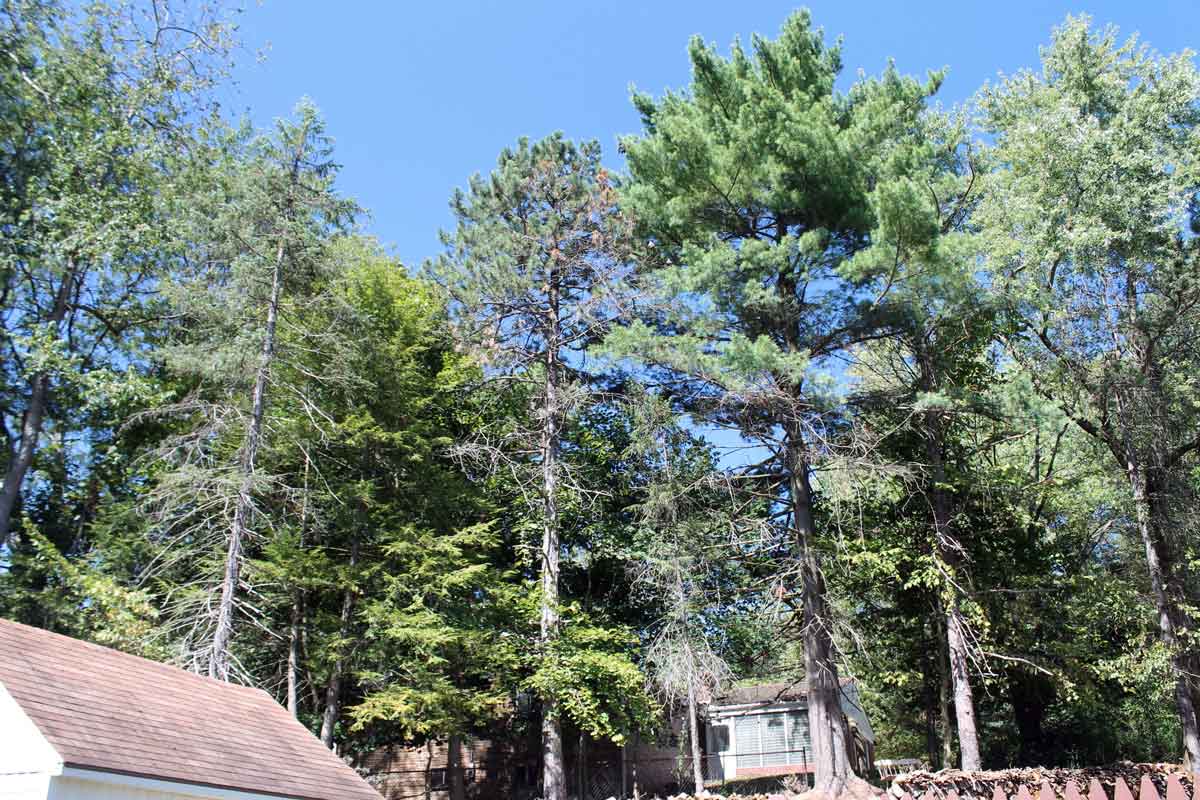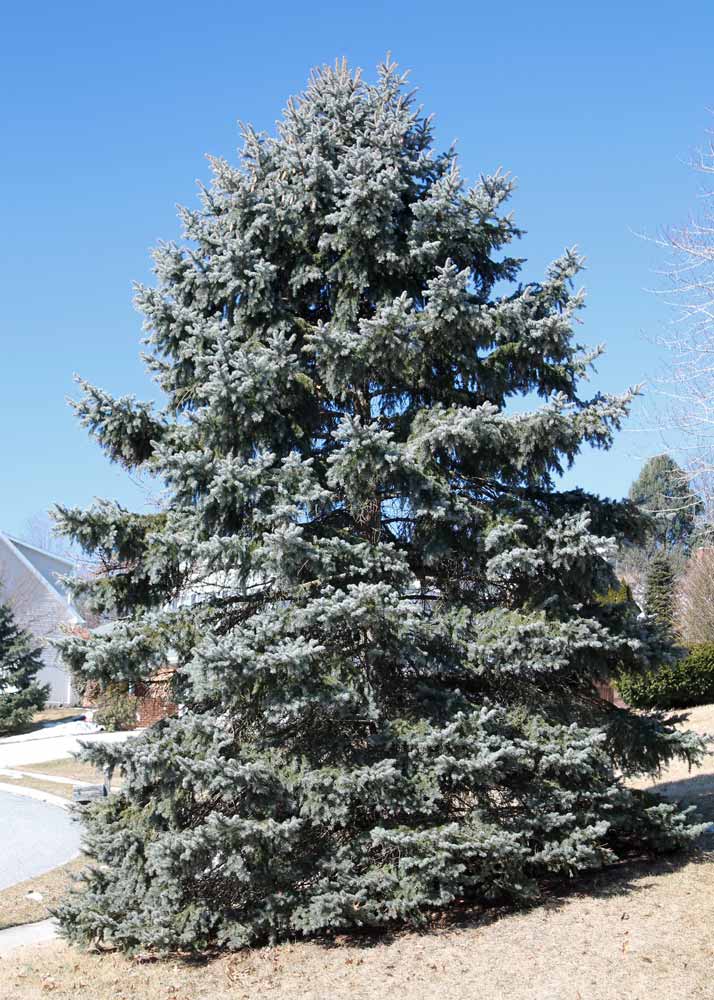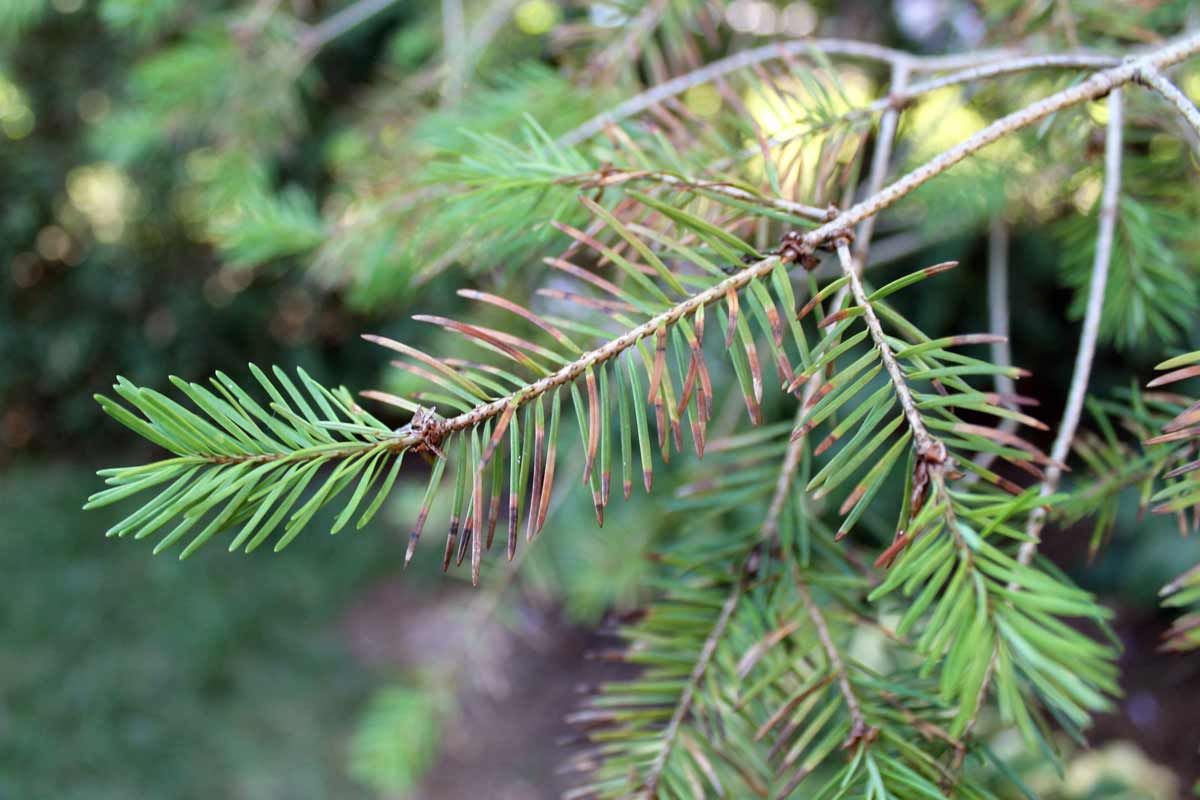Confused Plants: Why Are They Blooming Again?
Plants that commonly only bloom in the spring may also bloom in the fall. While not always normal, it’s okay and won’t harm the plant. Enjoy the show.

Like many backyard evergreens, these diseased spruce trees are dying from the bottom up. George Weigel
You’re not alone if you’re seeing your needled evergreens go downhill. Gardeners throughout the Northeast and Midwest have been noticing branch diebacks and tree failures in their spruce, firs, pines, hemlocks, and other needled evergreens, especially in the past three years.
Rather than a single plague killing everything in its path, such as the emerald ash borer that’s devastating ash trees or the new blight disease that’s deadly to boxwoods, the needled-evergreen’s troubles trace to a variety of issues.
Some of the issues are general, including hotter weather and soggy soil from excess rains. Others are species-specific, including needle cast diseases that attack Douglas firs and heat-loving spider mites which target the popular dwarf Alberta spruce.
One issue that has been grabbing attention recently is the demise of one of America’s favorite home-landscape trees, the Colorado blue spruce. This is the evergreen with the stiff, powdery blue needles and sleek, upright habit.
Several fungi have stepped up their infection of blue spruces the past two years, especially one called Rhizosphaera needle cast that causes browning of needles from the bottom of the tree upward. After several years of spreading infection, trees often die.

Here’s what a healthy Colorado blue spruce should look like. George Weigel

Needle cast disease is causing the needles of this Douglas fir to brown and drop. George Weigel
Short of regular fungicide and/or insecticide spraying, which is both difficult and expensive on mature trees, there’s not a lot that can be done to save diseased evergreens. The best course of action is to keep your trees as healthy as possible with good cultural practices. Some of these practices include:
Better yet is doing your homework at tree-buying time to pick the most trouble-free needled-evergreen choices and to get them in sites they prefer, which are generally full sun and loose, well-drained soil.